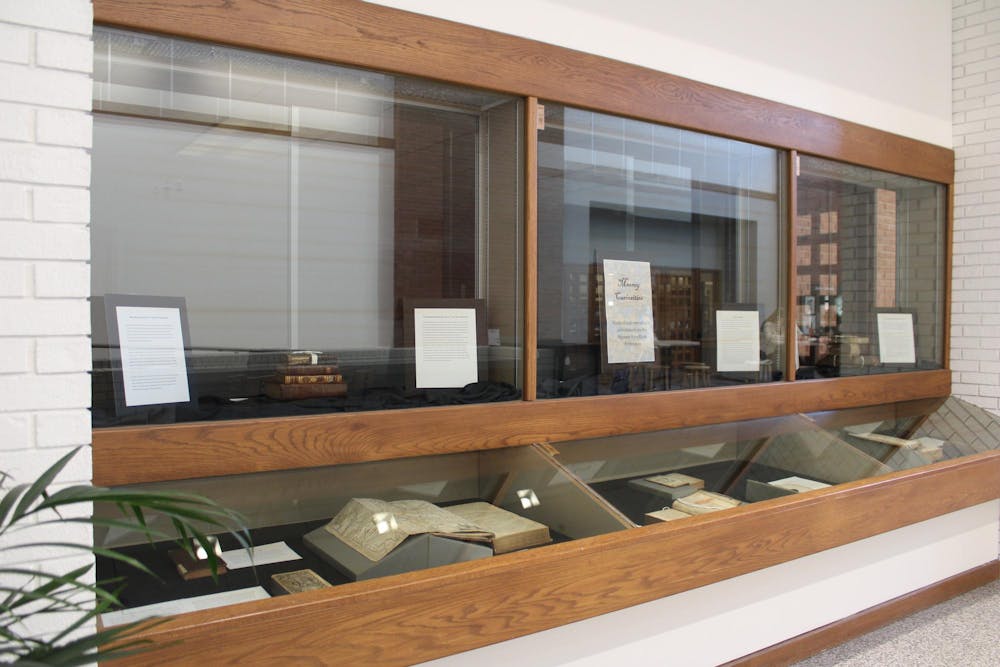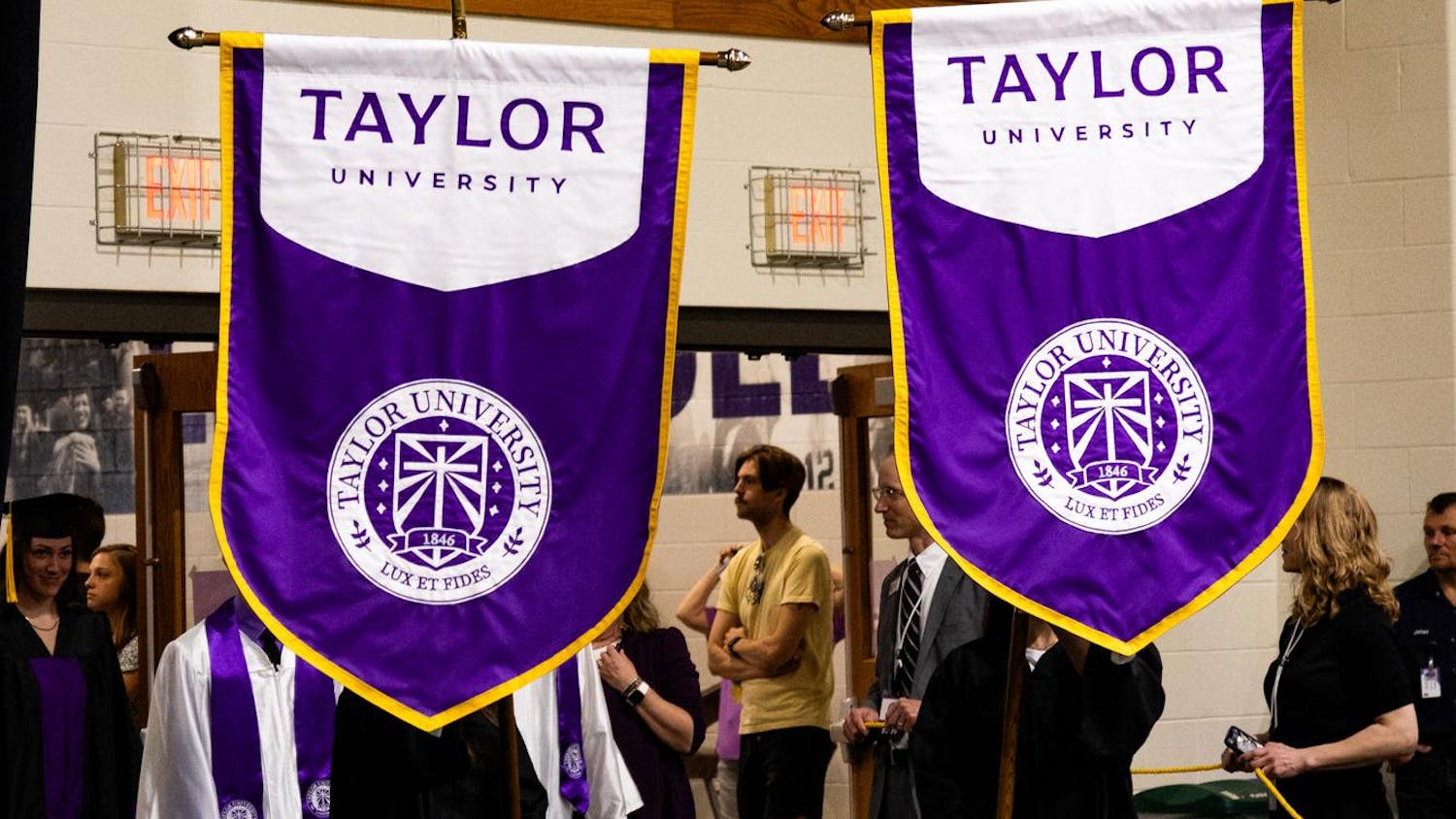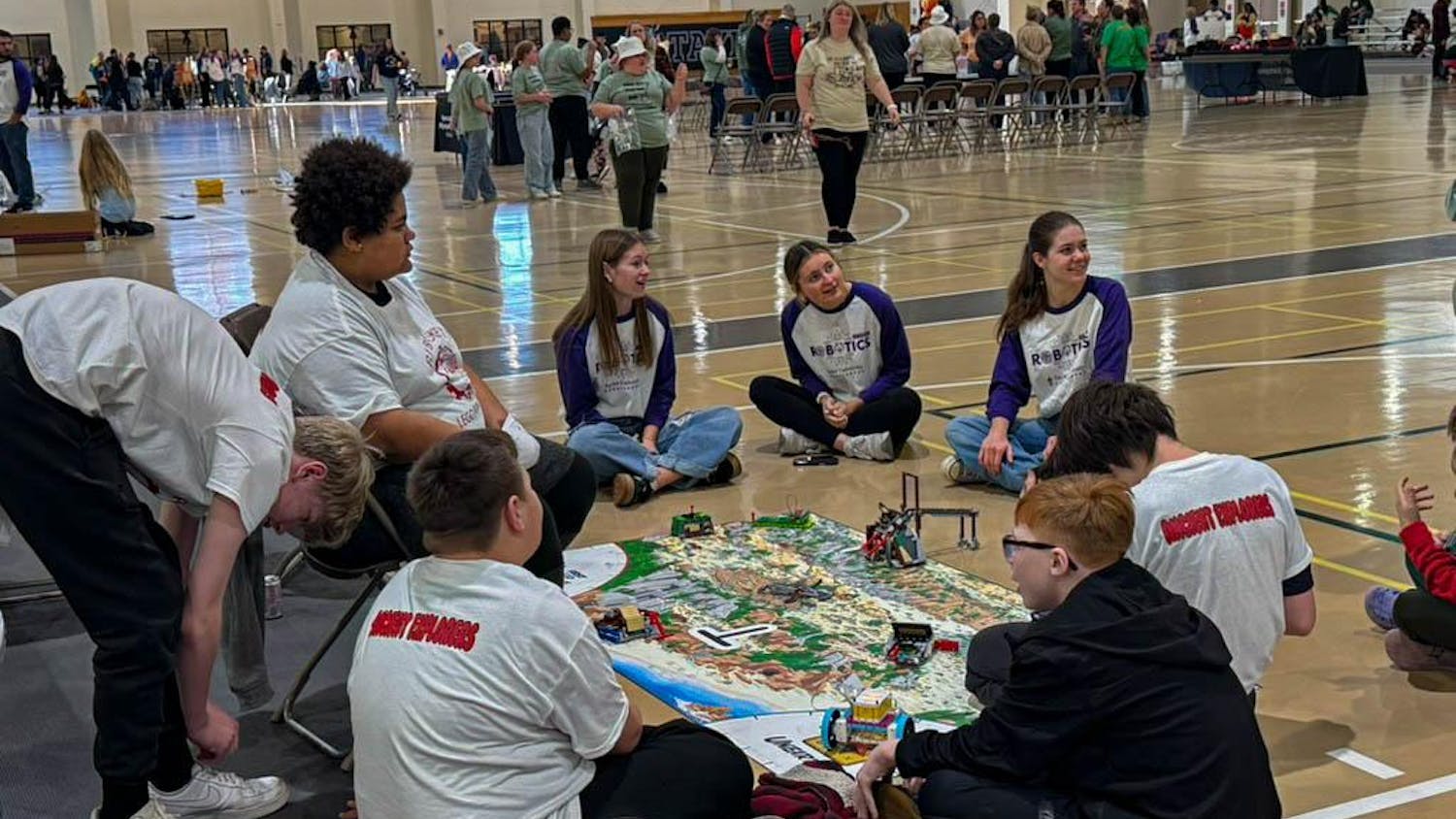Clay tablets, cook books and foam mascot heads — all are a piece of Taylor history, preserved in the stacks of the archives.
The archives exist to provide information and preserve the history of Taylor. And the artifacts archived are not just papers — there are records, documents, films, books and more.
“Students use archival materials through class sessions and for class assignments as well as for residence hall and residence life initiatives," Ashley Chu, university archivist and senior director of academic affairs, said.
The Taylor University Archives are not only an asset for students, but also researchers and faculty members searching to add to their class syllabi. The mission of the archives is to provide a resource for research, but also to preserve the rich history of the Taylor community.
The easiest way for students to get involved is to stop by the archives and ask questions, Chu said. The Ringenberg Reading Room is open daily to all students and faculty to conduct research.
“University employees use archival materials when they are exploring a past decision or action, both on the departmental and the institutional level,” Chu said. “Alumni contact Archives and Special Collections for information about their time at Taylor as well as for syllabi of courses they took during their time here that may qualify for credit elsewhere.”
In addition to these categories, the archives also receive requests from members of the general public who may be conducting genealogical research, searching for information about a relative relating to Taylor.
Chu is not an archivist by trade but sees herself as someone who is always looking back into history, exploring for what changes over time and what remains the same.
“I love to learn and am curious by nature; conducting archival research often feels like solving a mystery or, at least, uncovering some new clues,” Chu said. “I also feel strongly that we can find a sense of identity and community by considering our heritage. All of us at Taylor, no matter what our role, are part of Taylor’s story and contribute to its history.”
Chu is often accompanied by Assistant Archivist Olivia Reed, whose historical expertise has allowed the archival team to more accurately date artifacts.
Sitting in the back of an old closet, behind a protective chain and covered in layers upon layers of dust, a foam trojan head sits, a reminder of the past. Beneath the sheen of dust, this relic tells stories of Taylor’s history.
Junior Keira Martin, archives and special collections assistant, cites this artifact as the most interesting item she has come across during her time working in the Taylor archives. Among the other “interesting” artifacts are Taylor cookbooks, first editions from C.S. Lewis and a Mesopotamian clay tablet, Martin said.
The easiest way to access any document or artifact in the archive is to navigate to the MyTaylor dashboard, then to the Zondervan Library page, selecting ‘Archives and Special Collections,’ or email archives@taylor.edu with any questions.
“We look back at yearbooks and Echo issues from a century ago and think about how some aspects of Taylor are very different, yet some remain the same,” Chu said. “Someday future students at Taylor University will look back at our traditions, stories and events to learn about ‘what Taylor was like back in the 2020s.’”




